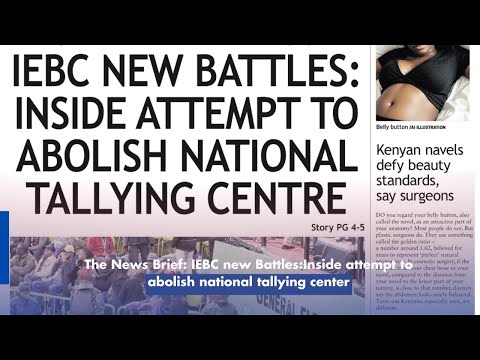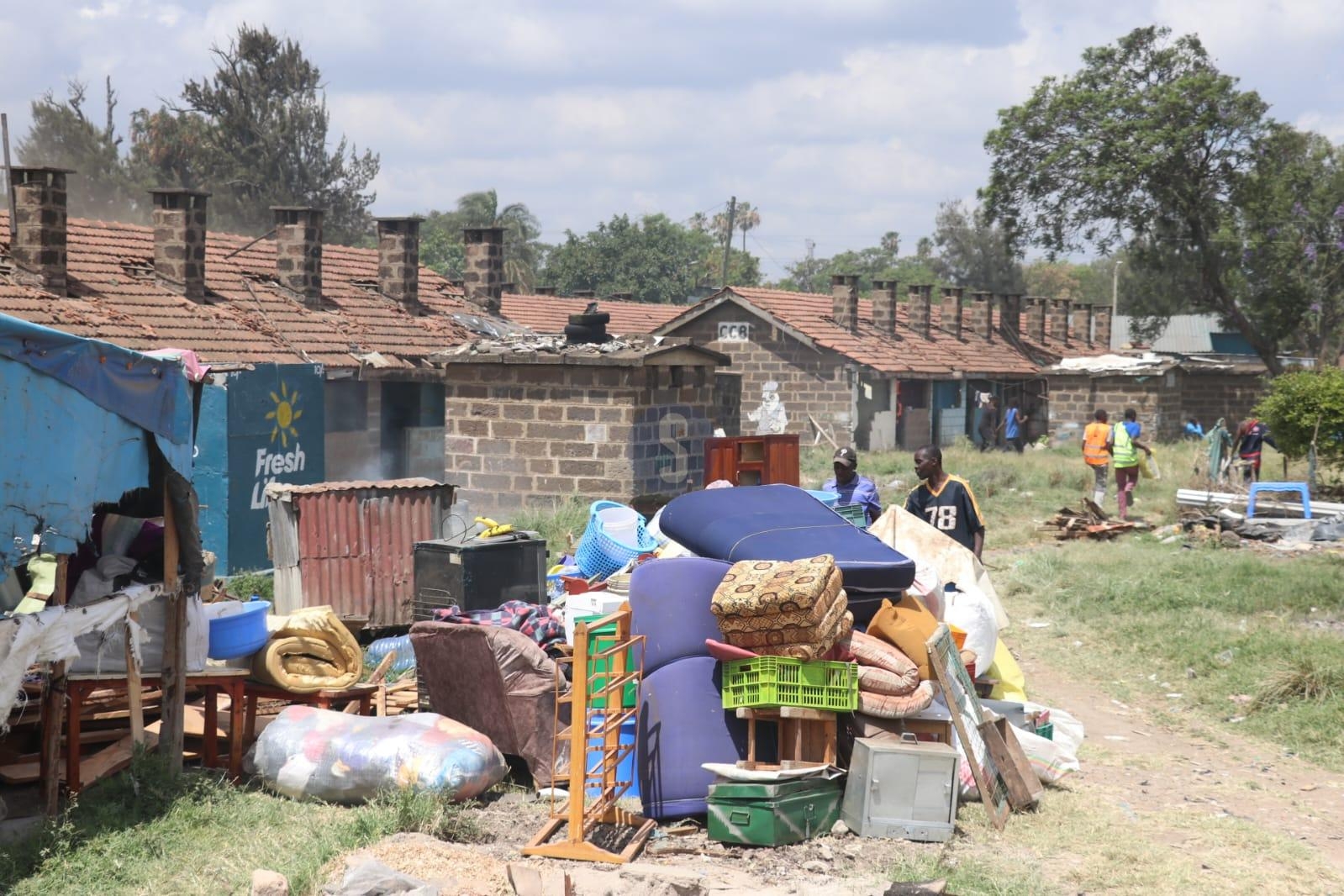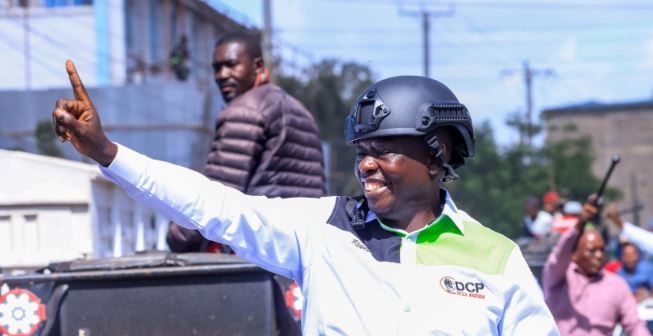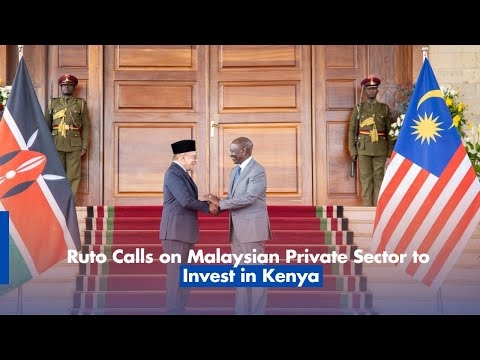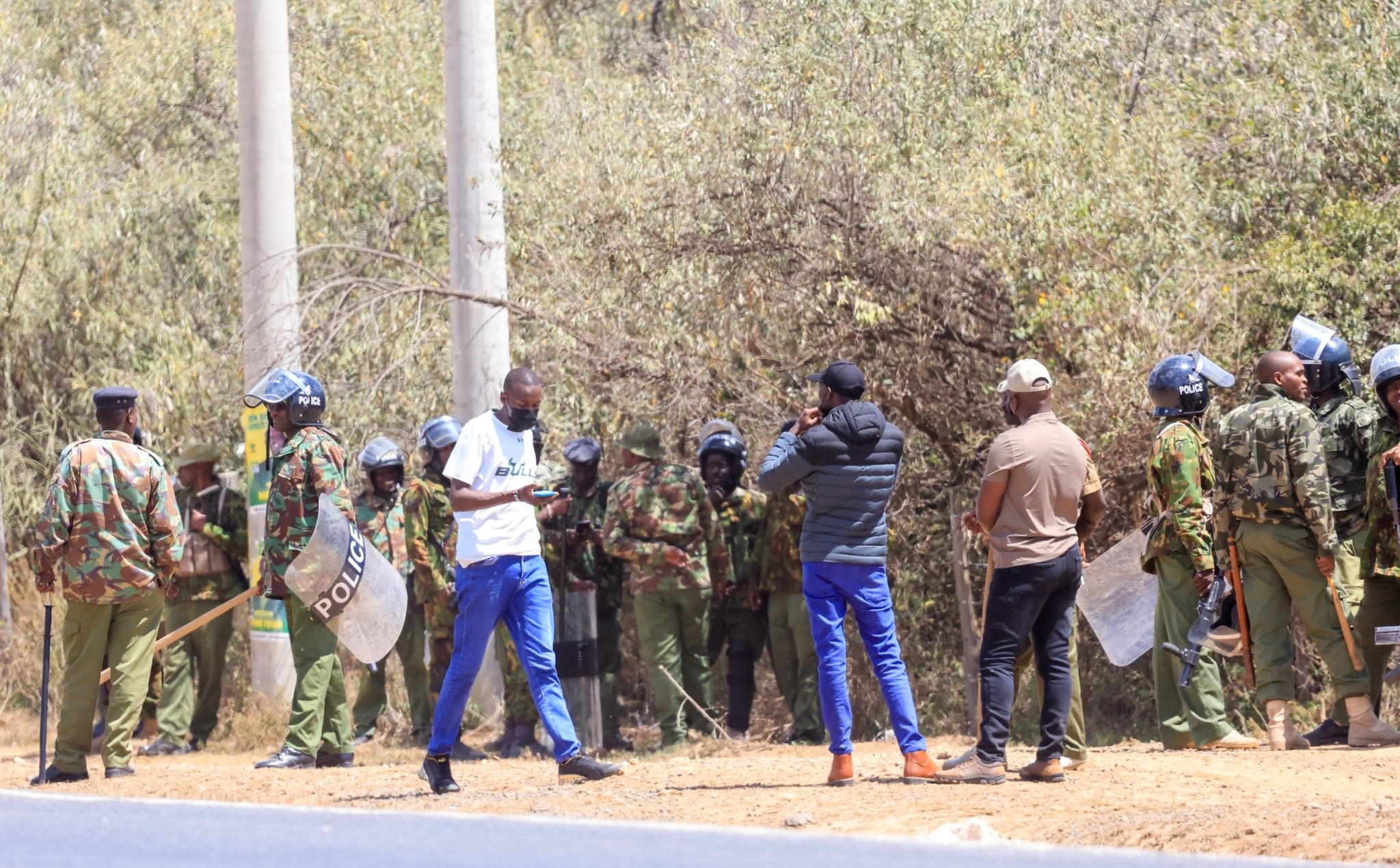
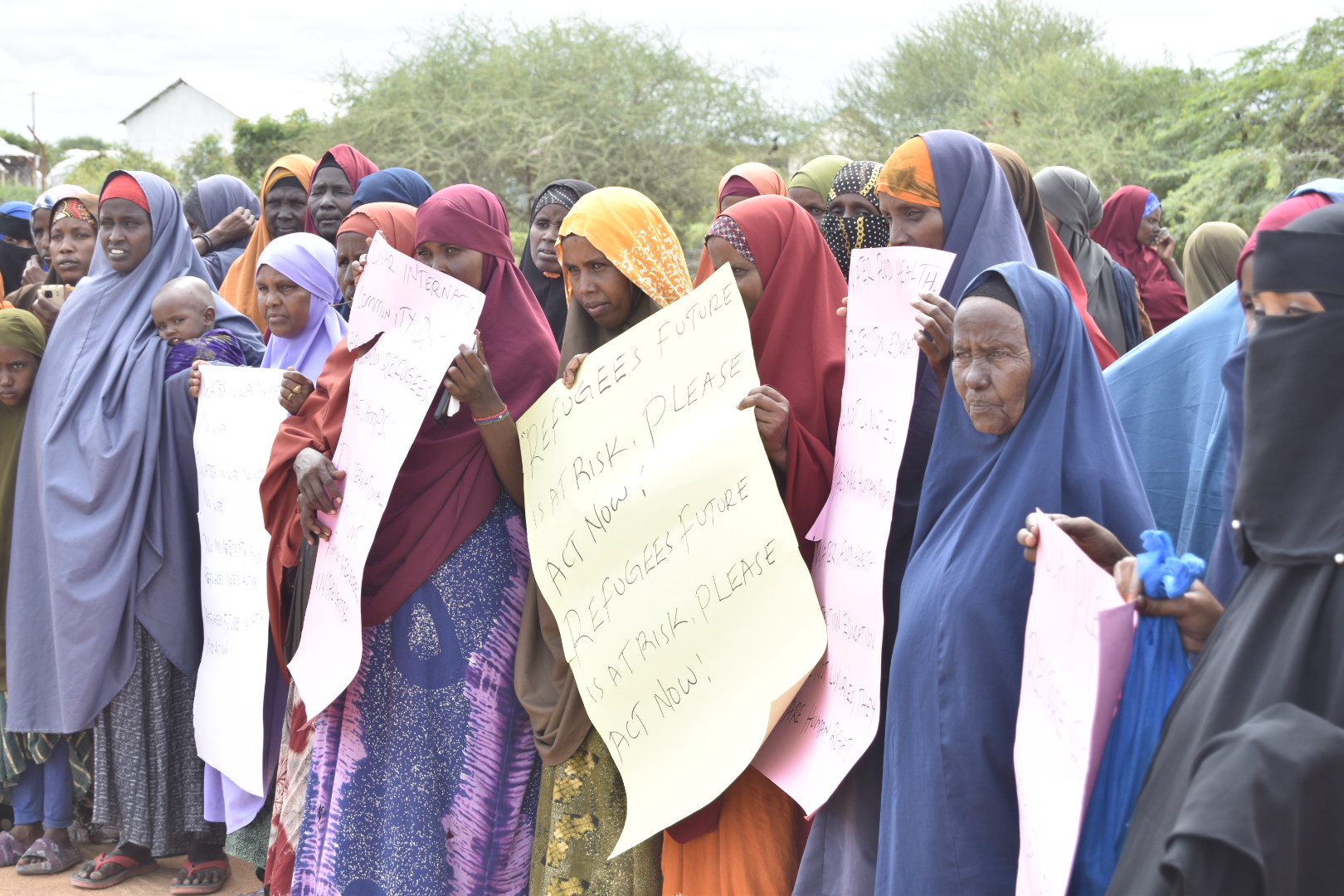
Refugees living in the sprawling Dadaab complex are pleading with the international community to urgently restore life-saving humanitarian aid after recent funding cuts have left thousands struggling to access food, water, education, and healthcare.
The crisis stems from an executive order issued by US President Donald Trump on January 20, 2025 — the day he assumed office — freezing foreign aid, including USAID programmes.
The move has had far-reaching consequences, especially for vulnerable populations like the refugees in Dadaab, many of whom have lived in the camps for decades.
On Monday, hundreds of refugees from the four camps — Dagahaley, Hagadera, Ifo, and Ifo 2 — gathered at Ifo 2 to raise their voices in peaceful protest.
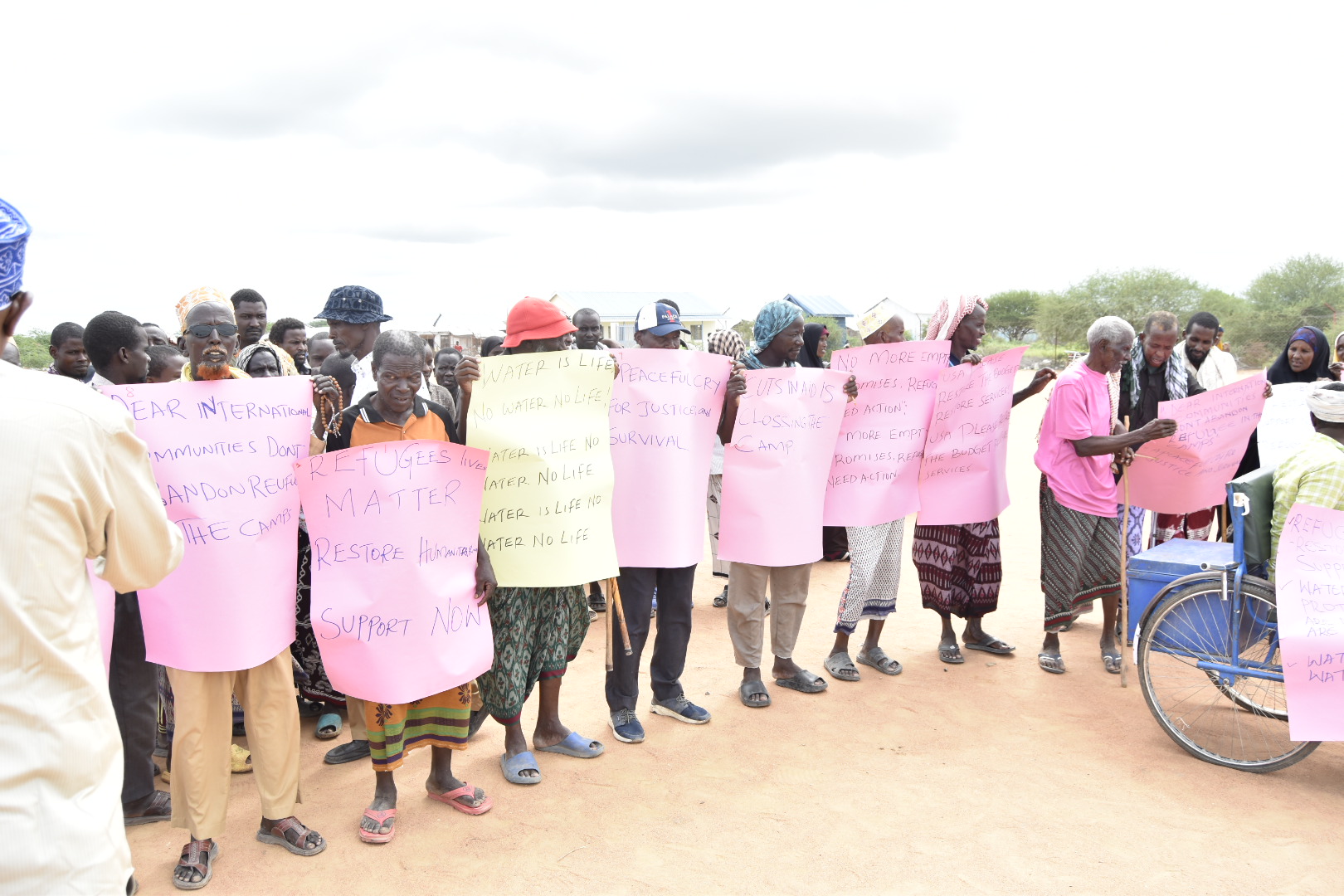
“Our lives have changed for the worst,” said Mohamed Abdille, a refugee who has lived in Ifo 2 for 33 years.
“This is the only home I’ve known. But now, we are going hungry, getting sick, and losing hope. What we are going through is heartbreaking.”
Abdille described a sharp decline in access to basic needs since the aid freeze took effect early this year.
“We’ve seen food rations cut dramatically. Hospitals have no medicine. Clean water is scarce. Children are going without education. It’s like everything we relied on is disappearing,” he said.
Refugees say the humanitarian infrastructure they’ve depended on for years is crumbling.
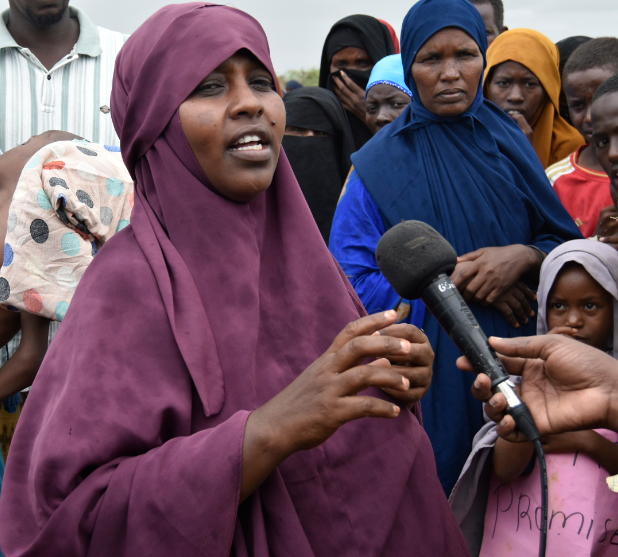
“As we speak, every aspect of life in the camps is paralyzed,” said Siyat Tawane, another resident.
“Our children are missing school because there are no teachers. Clinics are shutting down due to lack of funding. We are not asking for luxuries. We are asking for basic human rights — food, clean water, and healthcare.”
Leylah Abdirahman, a mother of eight and chairlady of Ifo 2, echoed those concerns. “Mothers are watching their children grow weaker by the day.
Clinics are overwhelmed. Hunger is everywhere. We urgently need the support of the Kenyan government and the international community to step in before things spiral out of control.”
According to the UN High Commissioner for Refugees (UNHCR), nearly 13 million refugees globally are at risk of losing access to essential health services due to the funding cuts.
In Dadaab, which currently hosts around 500,000 refugees and asylum seekers, the situation is particularly dire.
UNHCR and WFP warn that if aid is not restored soon, the risk of disease outbreaks and severe malnutrition will increase.
The camps — already strained by years of underfunding — are now teetering on the edge of a humanitarian disaster.
While Monday’s demonstration in Dadaab remained peaceful, similar protests in Kakuma refugee camp last week turned violent, with police using teargas to disperse crowds.
Several refugees were injured in the chaos, highlighting the mounting tension as desperation grows.
Despite a gradual decline in population over the years due to repatriation efforts and shifting global priorities, Dadaab remains one of the world’s largest and longest-running refugee settlements. Its continued existence hinges on international support — support that is now fading.
“For over 30 years, the global community has stood by us in our darkest moments,” Tawane said.
“Today, we are once again in need. This is not just about numbers or budgets — it’s about human lives.”
Refugees are now appealing to donor countries, particularly the United States, to reconsider their positions.
Aid workers and advocacy groups have also called for a coordinated response to prevent a full-blown humanitarian emergency.
As the sun set over the dusty plains of Dadaab, Abdille stood quietly by the makeshift clinic he used to frequent. “We’re not just statistics,” he said.
“We are people — parents, children, families. And we’re asking the world not to forget us now.”







